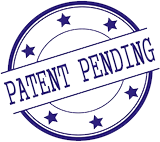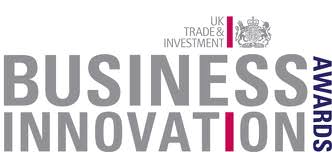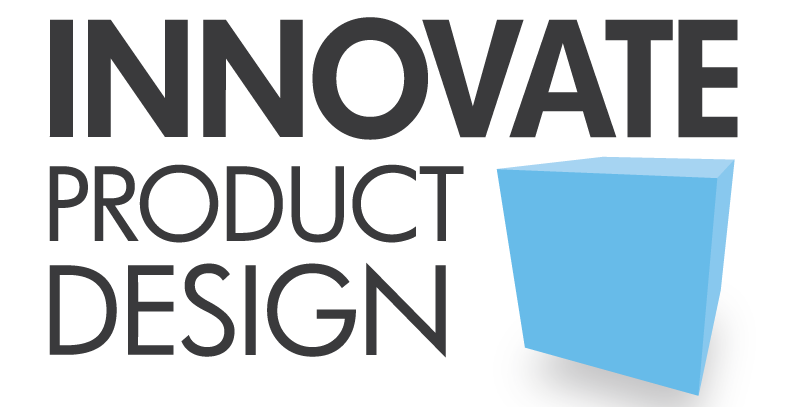PATENT & PROTECT > PATENT APPLICATION
HOW TO PATENT A PRODUCT: THE APPLICATION

WHAT IS INCLUDED IN THE PATENT APPLICATION PROCESS?
Non-Provisional Applications A full patent application for your product should be made up of several parts:
Abstract: This is a short synopsis of the product for which you are applying for a patent, usually for the purposes of searching. This is the first step of the application for those seeking how to patent a product.
Description: This is the overall description of the product, including components and applications. It is the bulk of the application and includes background material, references to other patent applications and explanations of the drawings.
Claims: This is the most important part of the application and is what you are claiming as novel about your product. These have to be very precise whilst still allowing for future modifications or improvements. Claim 1 is the first listed claim and should only include the main features of your invention. It is the Claims that are used to assess applications against each other and decide on patentability.
Drawings: These are simple, 2D, black and white line drawings of your invention and a representation of an embodiment of the invention. A patent application is required to contain drawings, if drawings are necessary to understand the subject matter to be patented.
Request a Free Inventors Guide:
The "Inventing for Profit" Guide
Patent Advice/How to Patent an Idea
Confidentiality Agreements
Idea Submission Forms
News & Updates on Innovation
It is possible to file a non-provisional application at the USPTO from the outset, but it will be considerably more expensive than a provisional; and it may be unwise to spend so much so early in development of your idea.
Provisional Applications A provisional application for a (utility) patent provides ‘patent pending’ protection, and gives a right to file a full/non-provisional patent application within 12 months.If a full/non-provisional application is not filed within 12 months the provisional application will be abandoned and disclosed inventions may never be capable of patent protection.Provisional applications are not examined…
Request a Free Inventors guide:
The "Inventing for Profit" Guide
Patent Advice/How to Patent an Idea
Confidentiality Agreements
Idea Submission Forms
News & Updates on Innovation


